Still Birds Take Flight
Deborah Samuel’s photographs bring life to the ornithology collection at the Royal Ontario Museum.
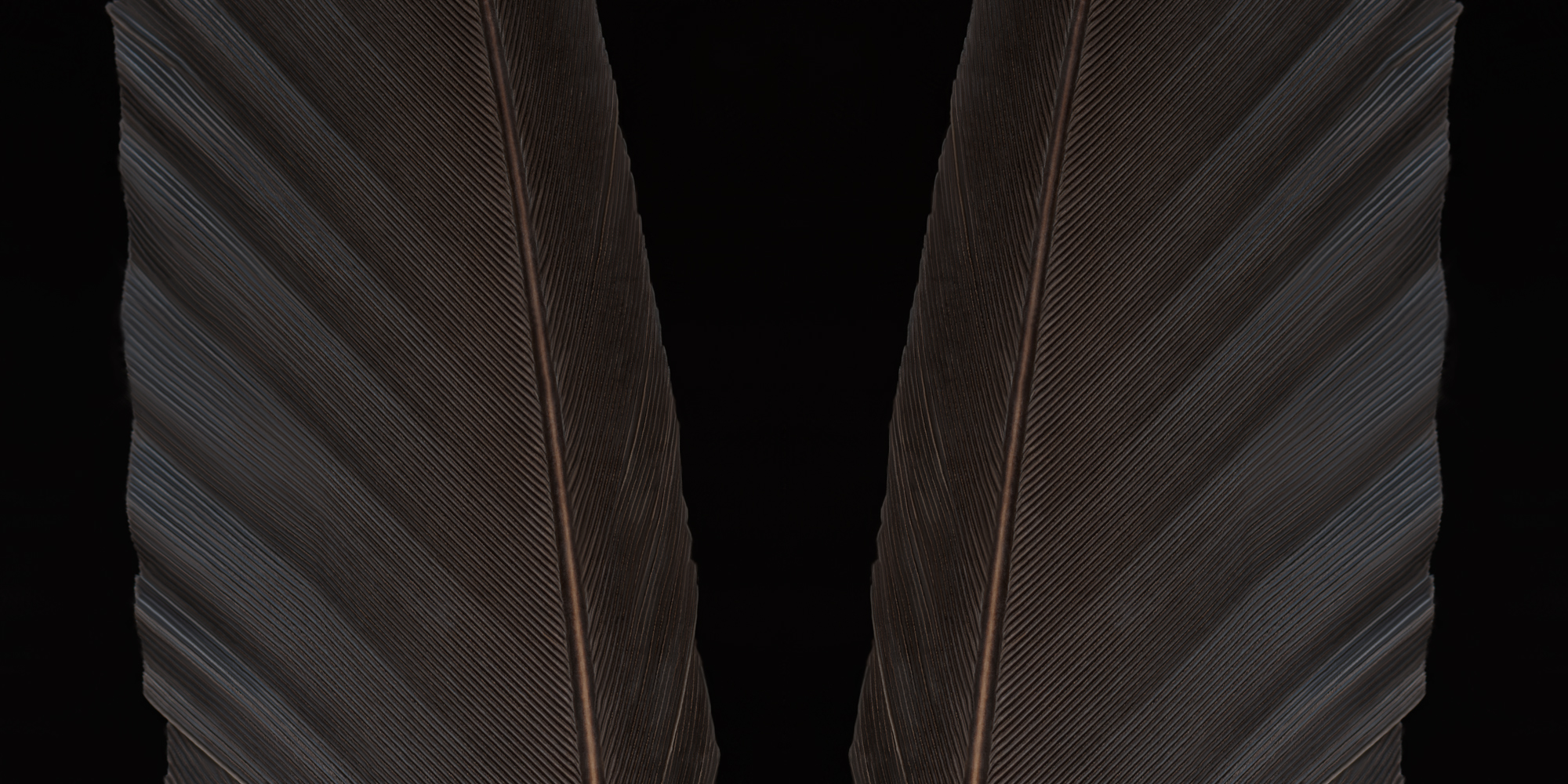
This photo of a bald eagle’s wing feathers is one of photographer Deborah Samuel’s favorites from her new book. From "The Extraordinary Beauty of Birds" © 2016 Deborah Samuel
Photographer Deborah Samuel began her latest project after experiencing a series of profound losses, of family and other loved ones.
“It seems that as soon as one left, the next one came up, and it was even worse,” she says. One afternoon, sitting in her backyard and watching the birds fly, she was overcome by their elegance and freedom. That’s when she knew: “I had to find that beauty again.”
Her search culminated in a new book called The Extraordinary Beauty of Birds, which features 135 images of specimens found in the ornithology collection at the Royal Ontario Museum (ROM) in Canada.
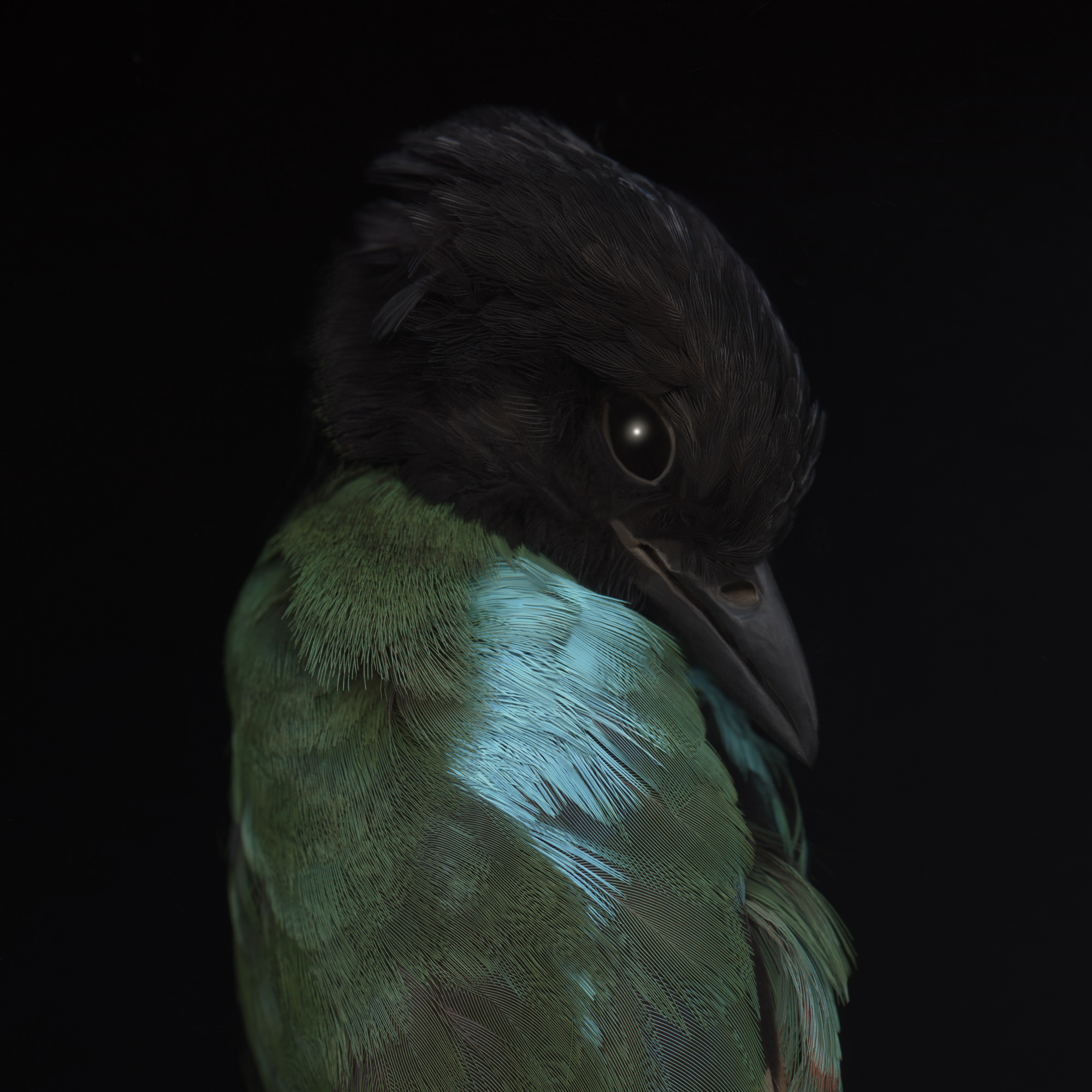
The hooded pitta is a songbird found in Asia and Australia. From "The Extraordinary Beauty of Birds" ©2016 Deborah Samuel
The ROM contains thousands of skins, nests, eggs, and blood and tissue samples, organized neatly and tucked away from damaging light, heat, and humidity. While scientists primarily use the ornithology collection, mining samples of skin and tissue for molecular research, the ROM often works with artists, too.
Samuel’s photographs offer an intimate tour of the collection, with images ranging from close shots of the details of a single feather, to a full study of the tangled and twisted fibers of a nest. Bright and colorful plumage stands out in stark relief against a black background, while dark feathers almost vanish, and speckled white and blue eggs practically glow.
“We think it’s great that we’ve got this cross pollination between science and art. The collections are one of those things that are often hidden away in the back rooms,” says Mark Peck, the manager of the ornithology collection. “To illustrate those can only be positive, both for younger people and older people, who can see the collection not just as a bunch of dead stuffed birds.”
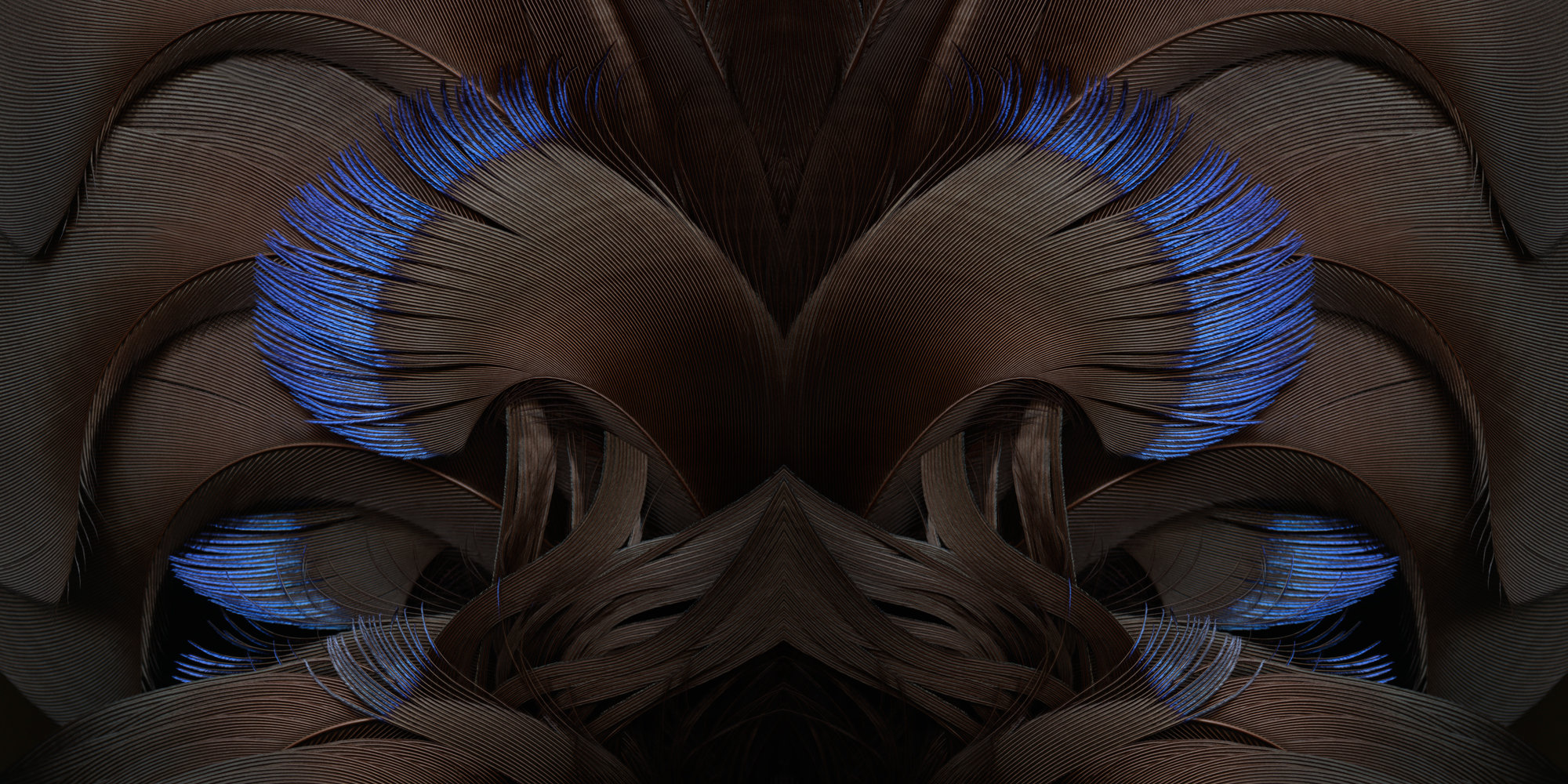
Both Peck and Samuel cited the photo of the black sicklebill (above) as one of their favorites. From "The Extraordinary Beauty of Birds," ©2016 Deborah Samuel
Though Samuel does not have a scientific background, she has worked with animals through her photography for the past 16 years.
“I’ve always been interested in the science behind life,” she said. “My interest has always been what makes an animal tick—mentally, emotionally, physically.”
Before Birds, Samuel created a photo series of animal skeletons called Elegy. For part of that project, she used skeletons from the ROM collections.
“Then they said to me, what are you working on next?” Samuel remembers.
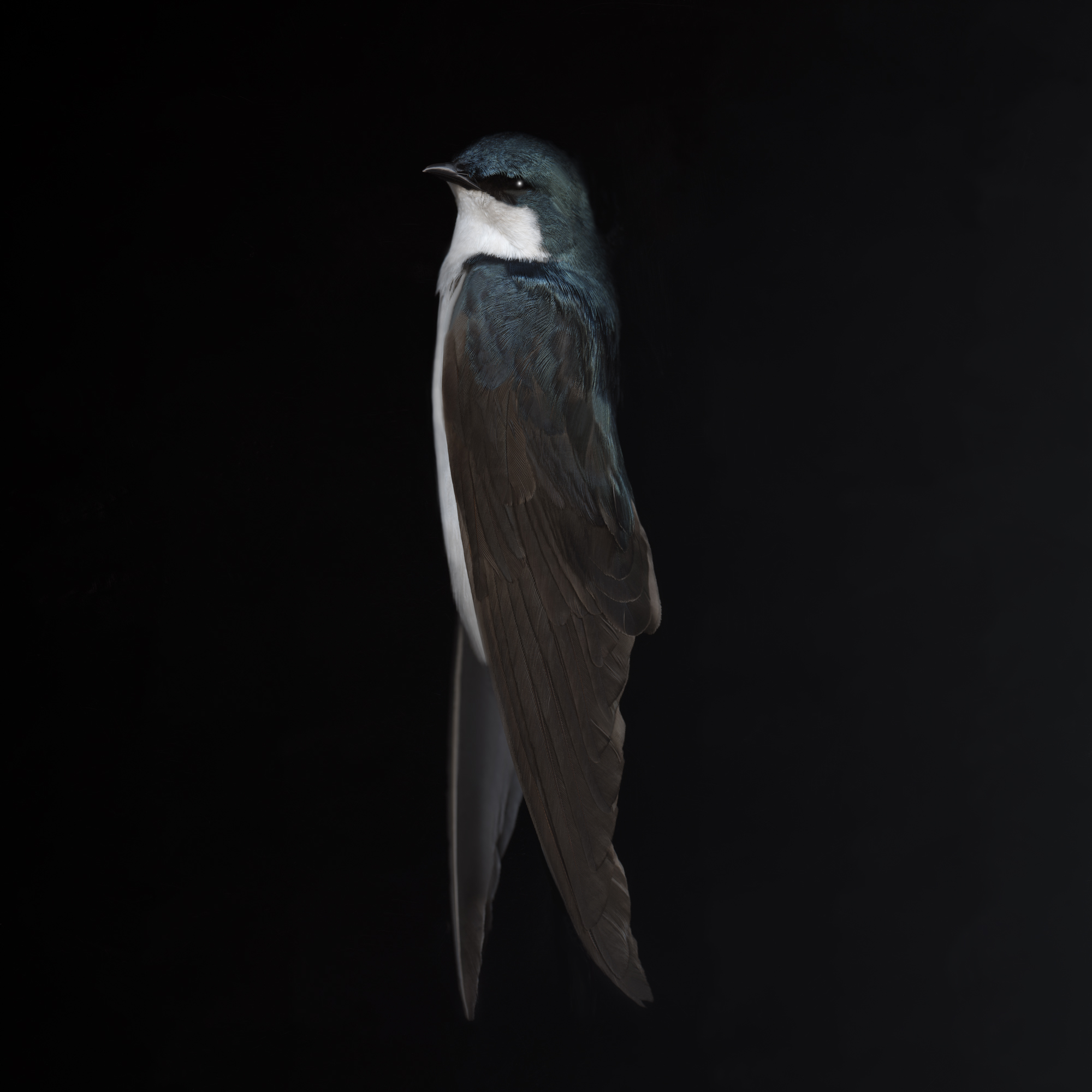
Tree swallows are migratory, spending their winters in the Southern United States and Mexico. From "The Extraordinary Beauty of Birds," ©2016 Deborah Samuel
For her new book, Samuel focused on finding what she considered the most important aspects of each individual bird. For some it may be strength, for others patterns, or just pure beauty, she says.
According to Peck, Samuel’s photographs reveal an entirely new dimension of the museum’s ornithology collection.
“Deborah’s work has brought back a certain life to the specimens,” he says. “It has given the specimens even greater value and, I believe, will inspire people to see the extraordinary beauty of the natural world.”
Both Samuel and Peck cited the photograph of the black sicklebill, a bird of paradise found in New Guinea, as one of their favorites. During courtship, males extend their black breast feathers to reveal iridescent blue tips.
“It’s so poetic, the way the feathers move,” said Samuel. “There’s a poetry in all of this.”
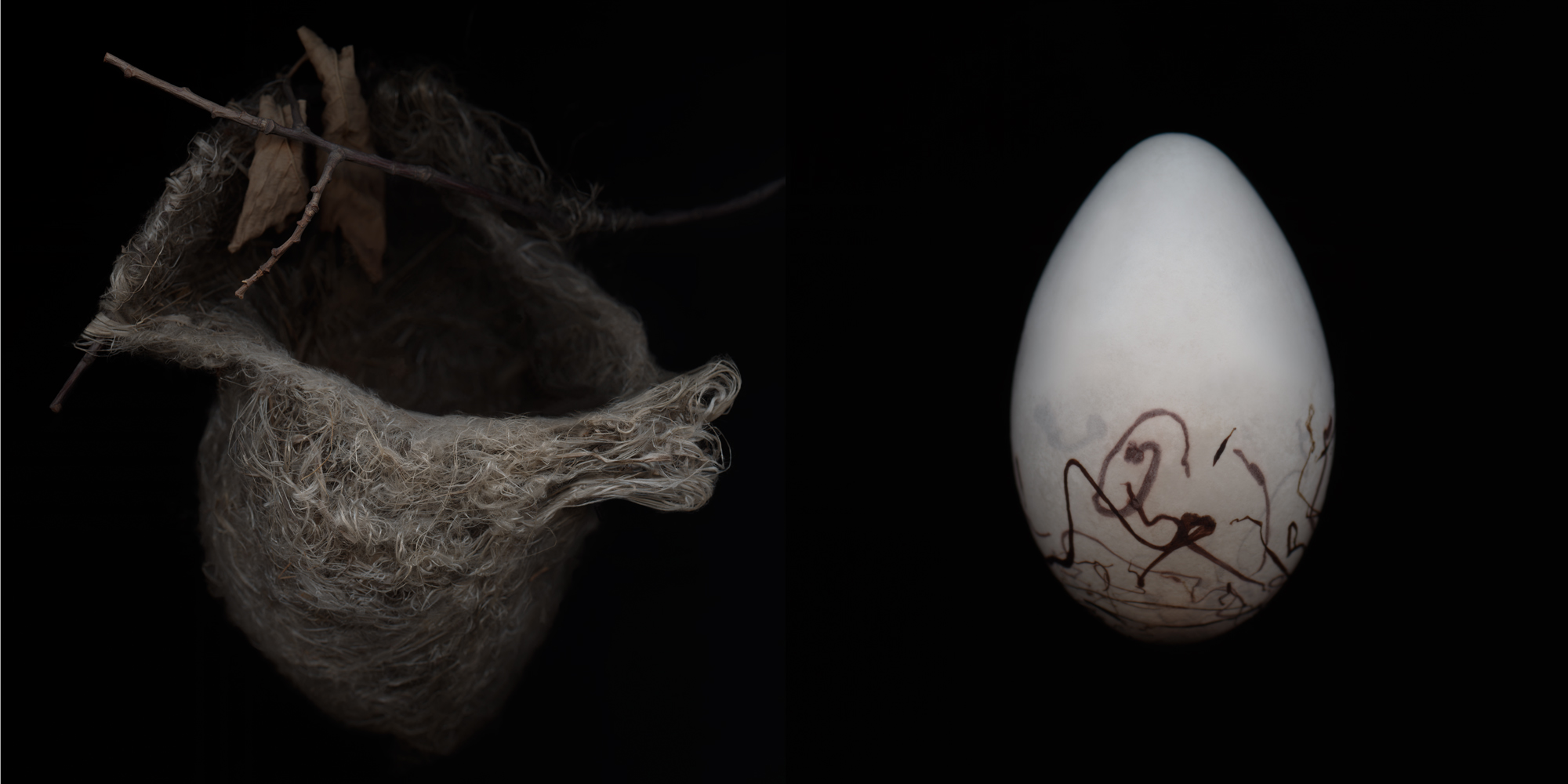
The Baltimore oriole nest is built by the female, who weaves it from grass, bark, plant fibers, and plant down. From "The Extraordinary Beauty of Birds" ©2016 Deborah Samuel
Nicole Wetsman was Science Friday’s summer 2016 web intern. She has a degree in neuroscience from Bowdoin College in Maine and a master’s in science journalism from NYU. She is currently a health reporter for The Verge.